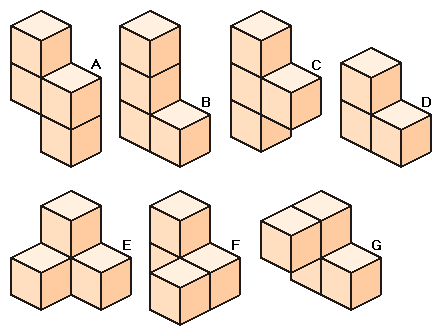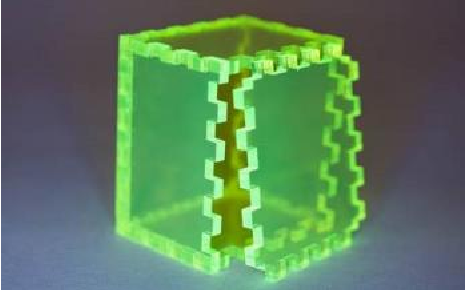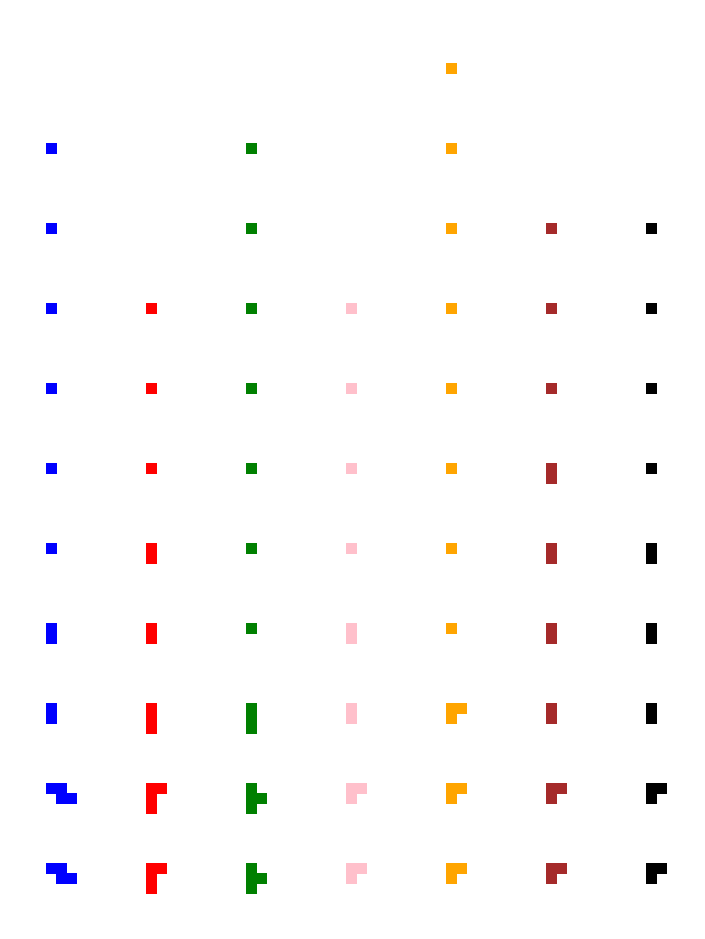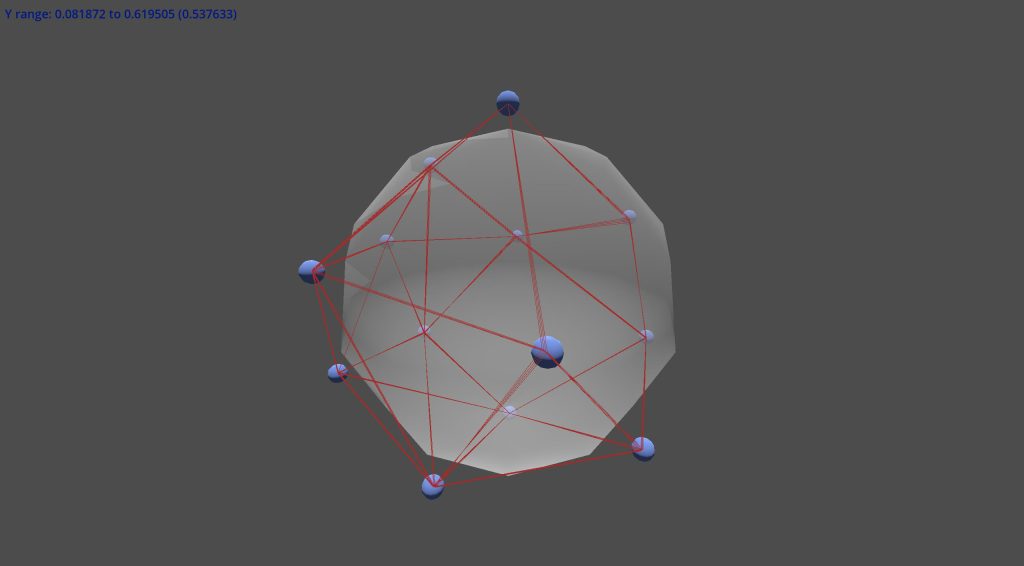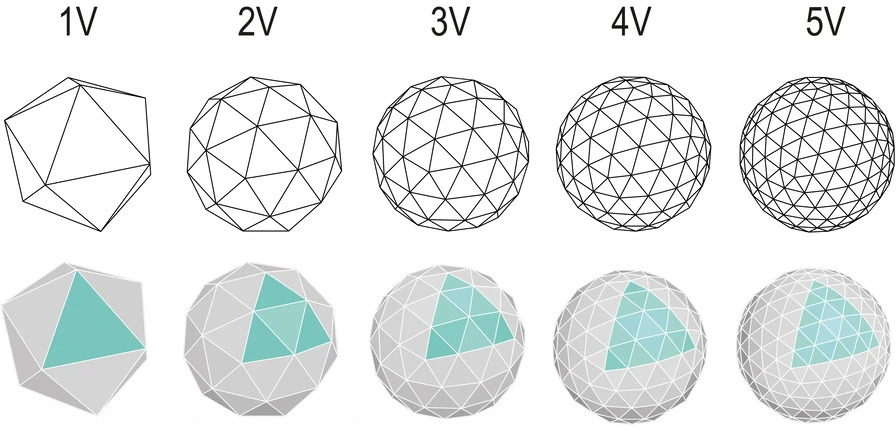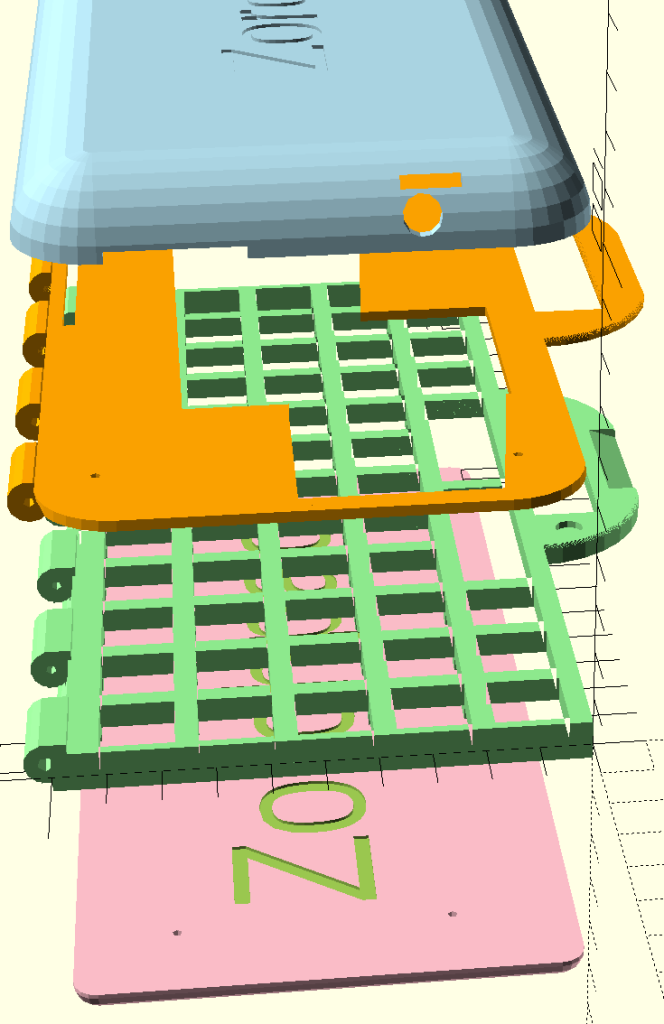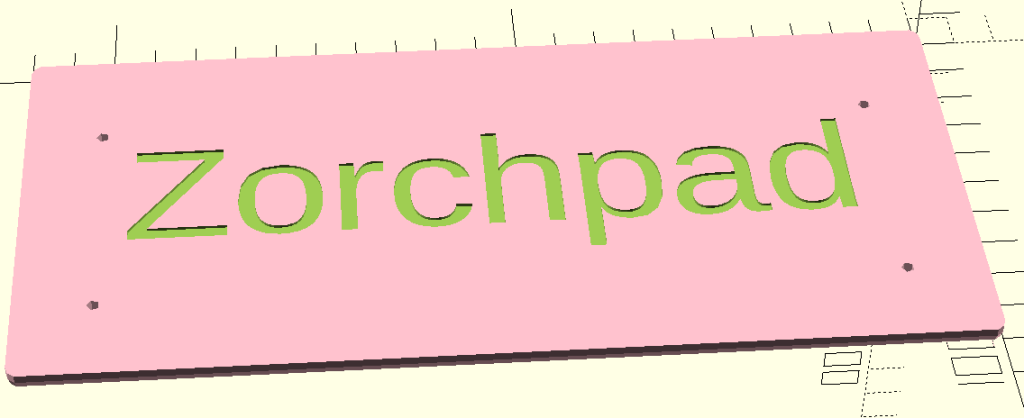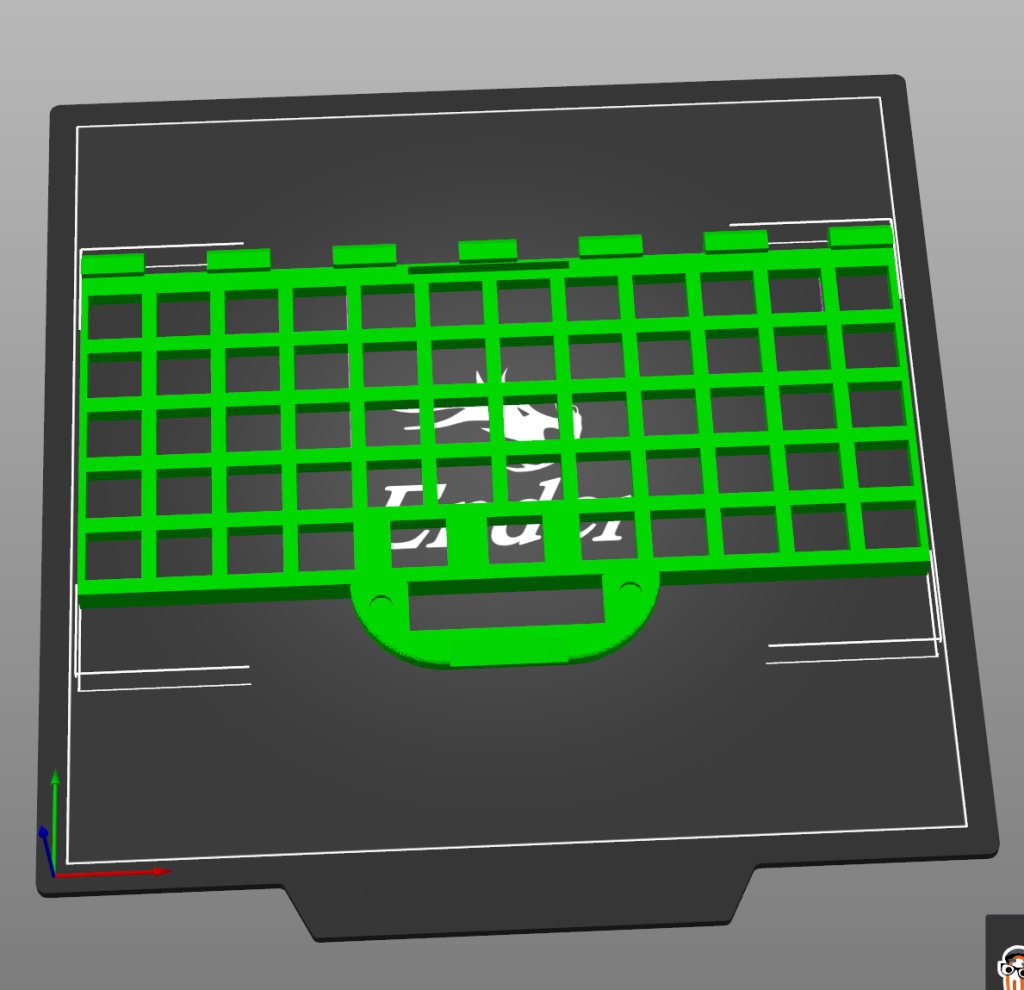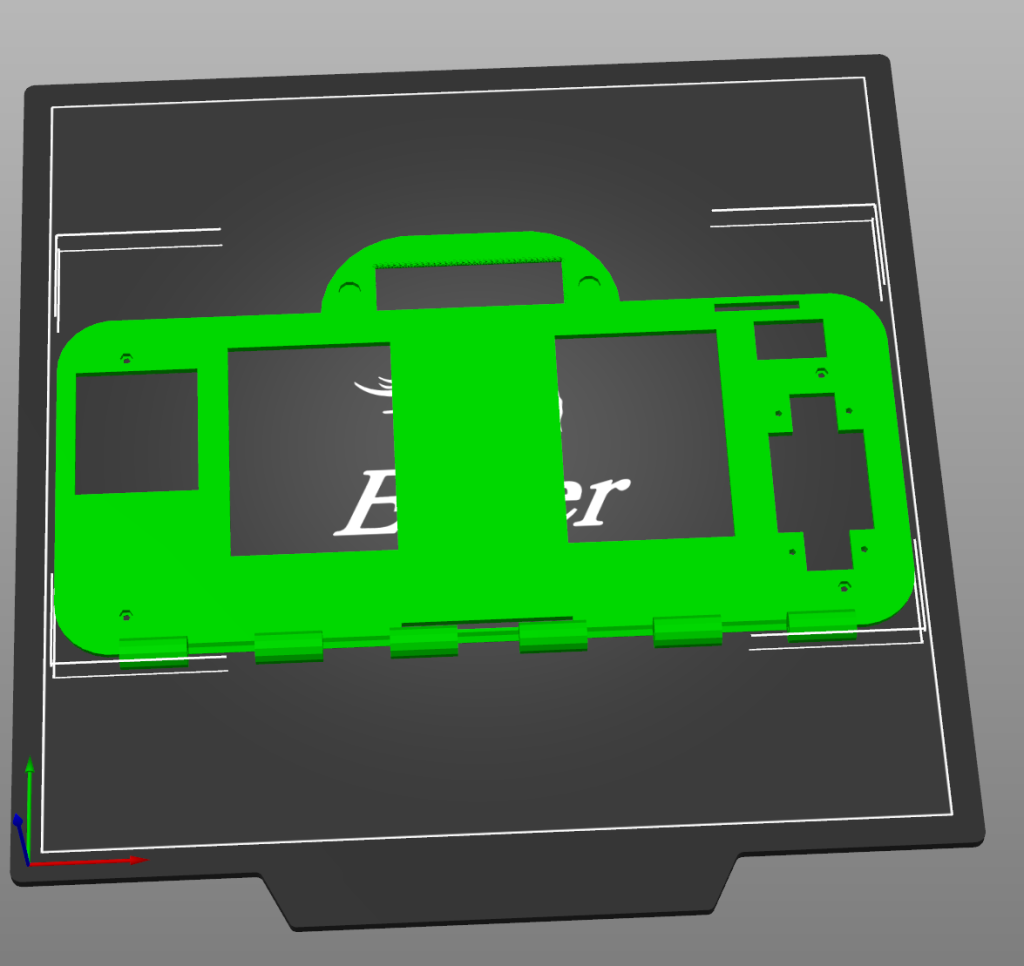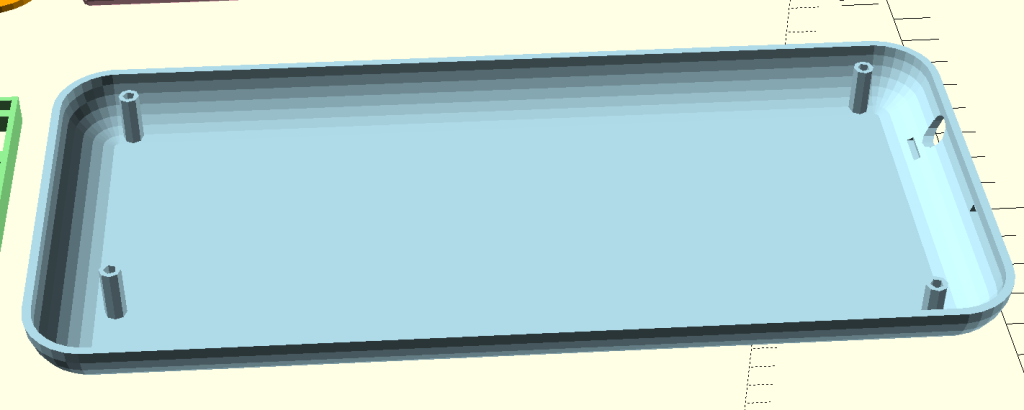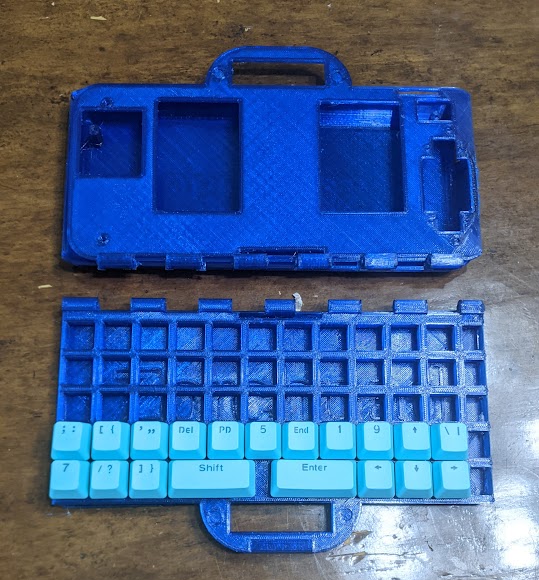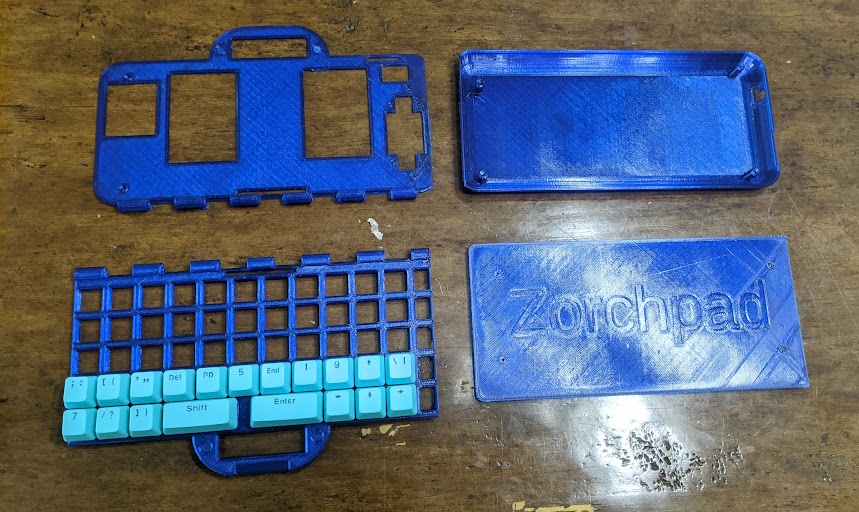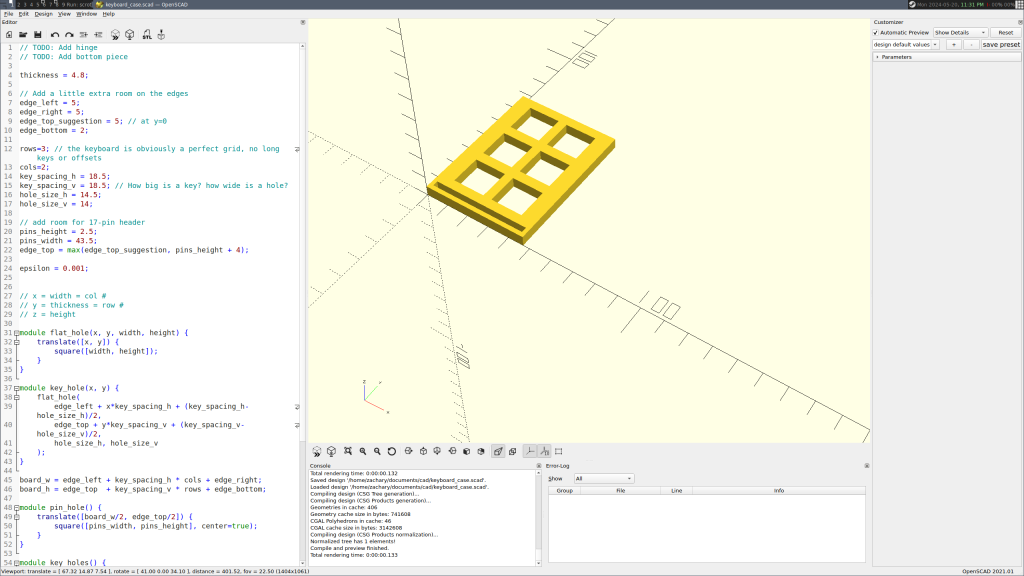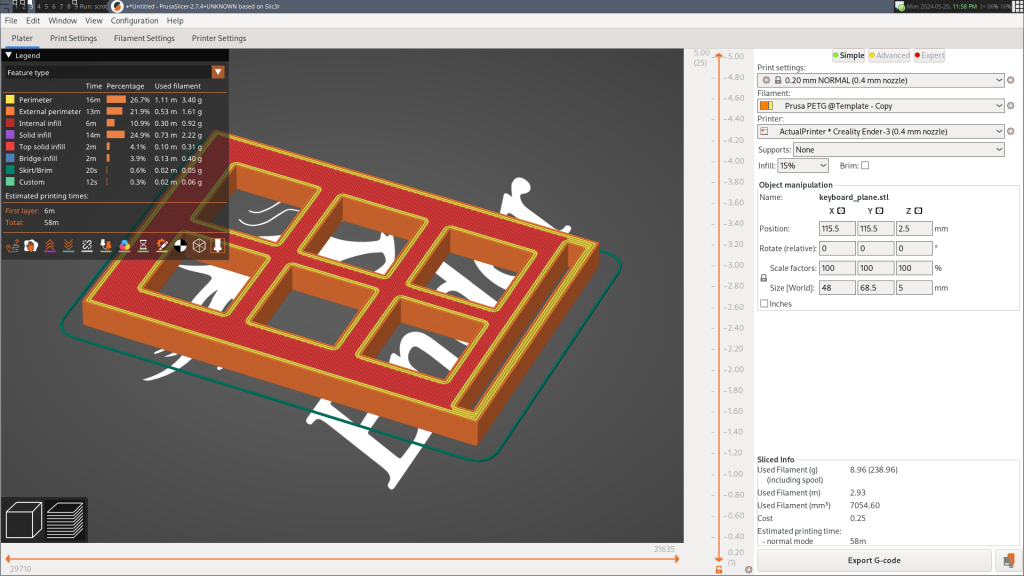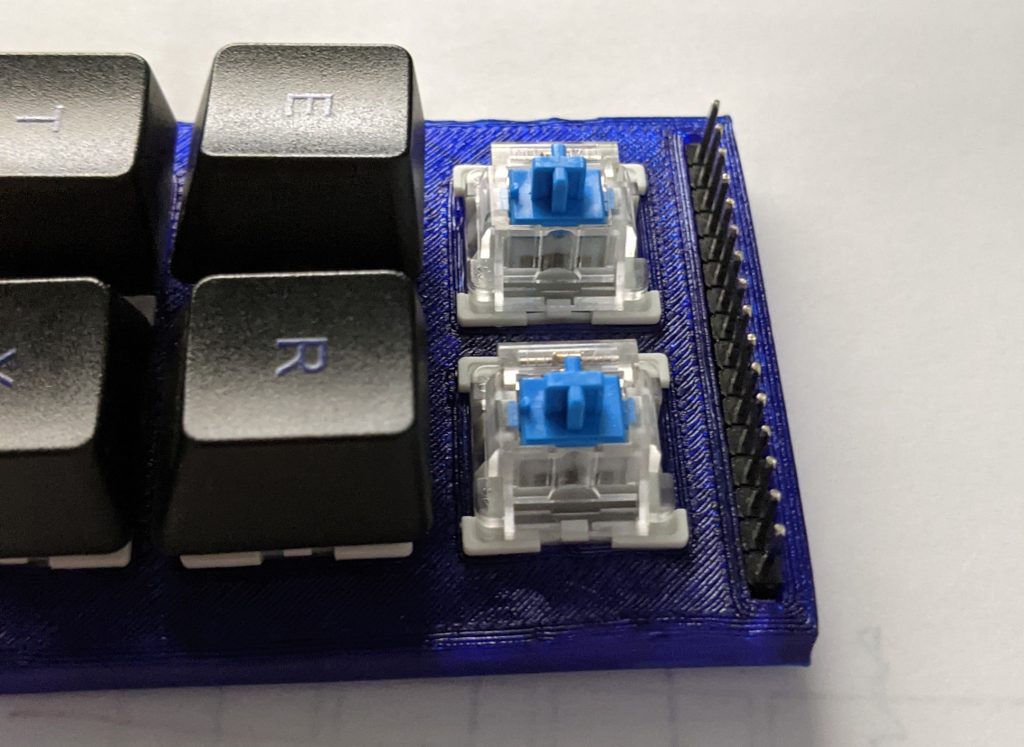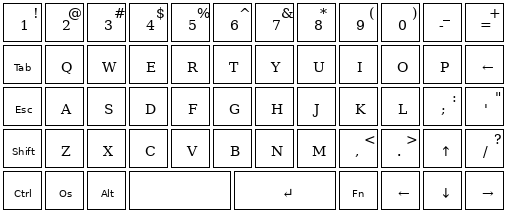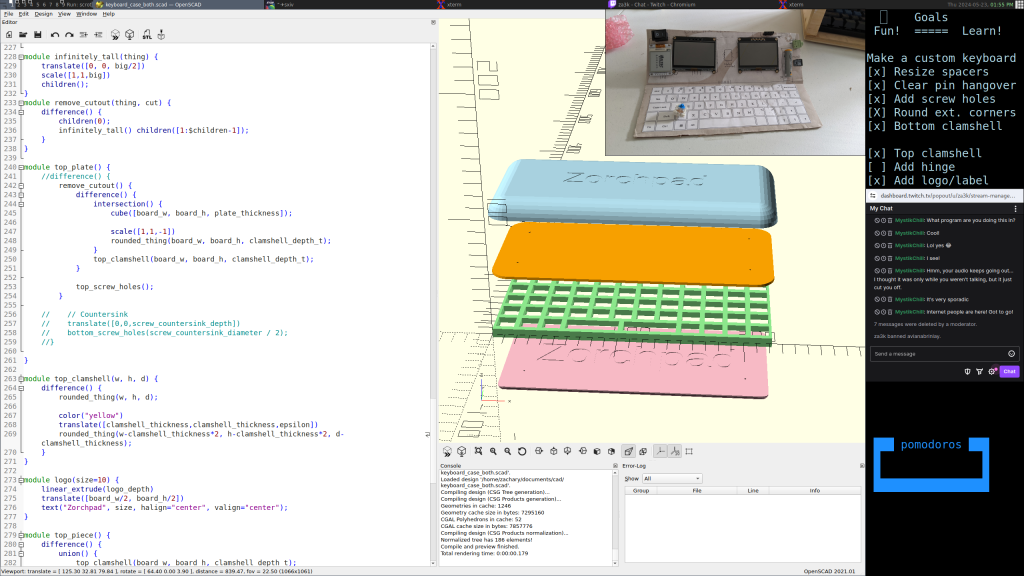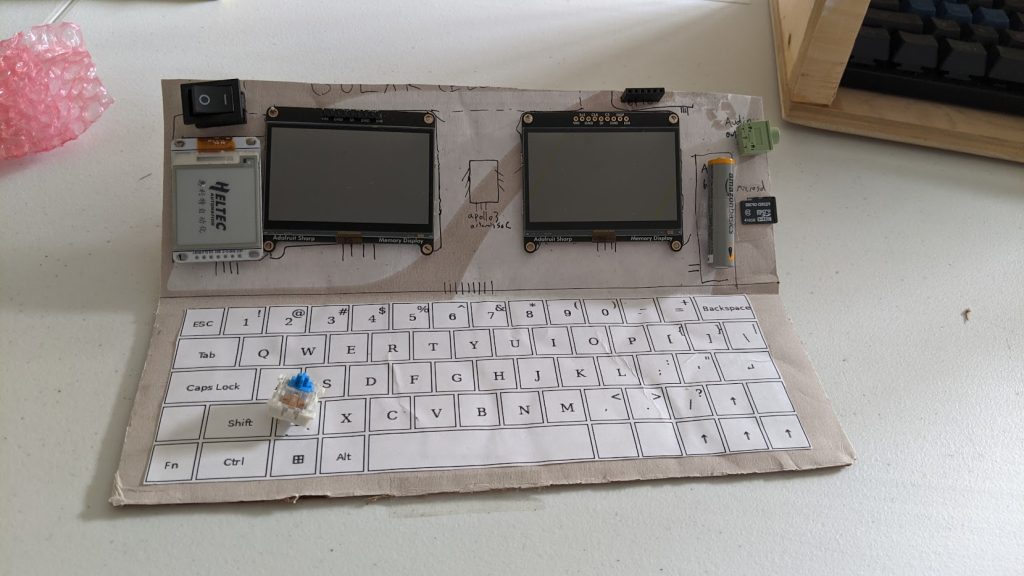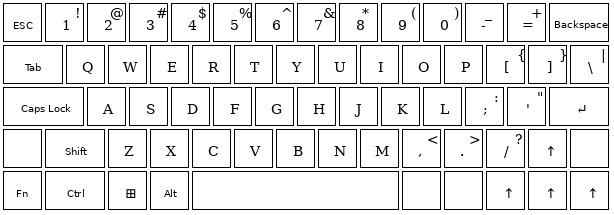I added some temperature sensors around my house.
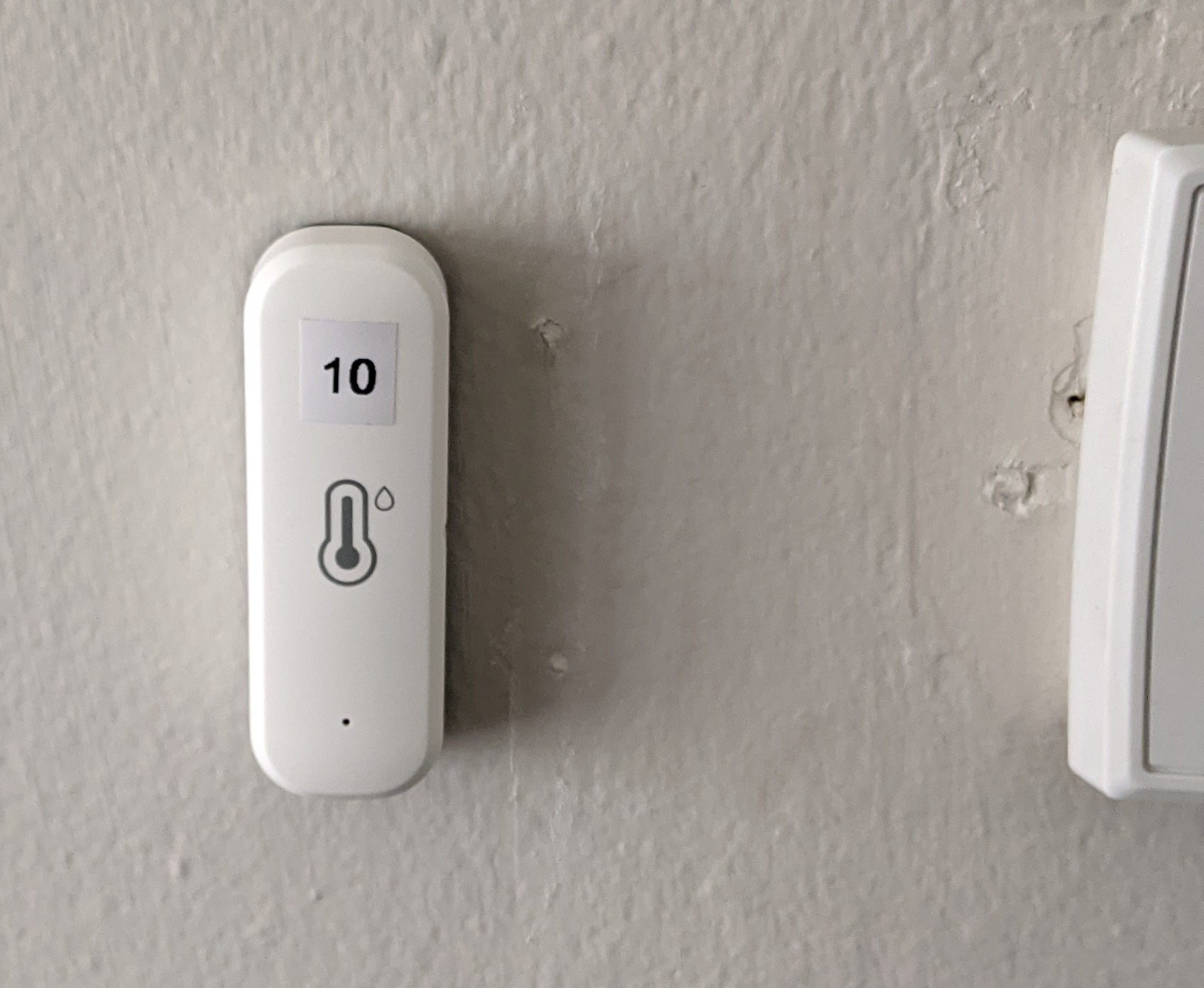
The sensors run on AAA battery, and periodically transmit the temperature on zigbee, a radio protocol in similar frequencies as Wifi. The signals get received by a USB dongle designed to receive and transmit zigbee.
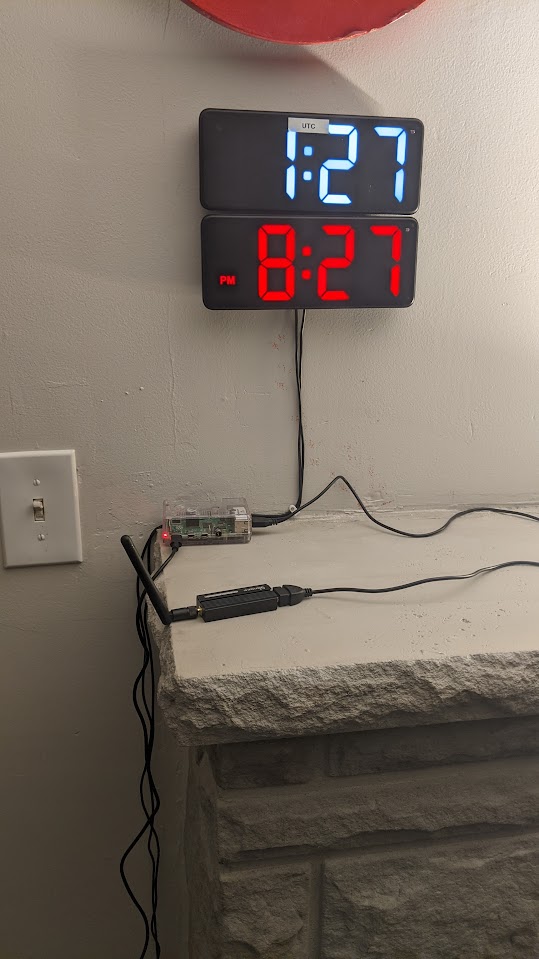
This is connected to a raspberry pi running zigbee2mqtt. The messages get sent to an mqtt broker via wifi. mqtt is a pub/sub protocol that runs over the internet. Any computer on my LAN can then be notified of temperature updates, by asking the mqtt broker to send them updates.
I wrote a small server which stays on all the time, listening to updates and recording changes to a database. It also generates reports periodically.
I think my database format is mildly interesting, in that it's designed to use a fixed amount of space. Anyone who wants to see the technical details, can check the github repo, specifically this file.
Temperatures can be seen in celsius or fahrenheit online. An example in Fahrenheit is below.
Current Temperature
last updated: 2024-11-07 8:34pm
Sensor Temperature Humidity Last update
Outside - Front 51.51°F 69.86% 1 minutes ago
Outside - Back 64.26°F 99.99% 22 hours, 49 min ago
Upstairs - Dining Room 69.67°F 53.24% 0 minutes ago
Upstairs - Bedroom - Za3k 71.35°F 60.15% 21 minutes ago
Upstairs - Bedroom - Master 68.90°F 58.11% 4 minutes ago
Upstairs - Kitchen 71.20°F 50.50% 6 minutes ago
Upstairs - Garage 65.55°F 60.65% 2 minutes ago
Basement - HVAC/Server 68.02°F 51.27% 3 minutes ago
Basement - Workshop 67.10°F 52.91% 14 minutes ago
-------------
Hourly Temperature
last updated: 2024-11-07 8:34pm
outside inside
2024-11-07 8am 54.49°F 69.44°F
2024-11-07 9am 53.81°F 69.04°F
[...]
2024-11-07 6pm 56.11°F 69.86°F
2024-11-07 7pm 53.53°F 69.65°F
-------------
Historical highs and lows
last updated: 2024-11-07 8:34pm
outside inside
2024-11-07 51.51 - 64.15°F 67.06 - 81.54°F
2024-11-06 61.21 - 71.24°F 68.36 - 81.18°F
[...]
2024-10-10 49.39 - 60.89°F 67.59 - 77.49°F
-------------
Code: https://github.com/za3k/temp-monitor
Having tested out zigbee and mqtt, I felt ready for my actual use case -- curtains. I live across the street from a major parking lot, and they have floodlights on all night. To sleep, I need blackout curtains. The problem is, it's pretty hard to wake up with blackout curtains drawn.
My solution was to get some smart curtains, and have them automatically go down at the end of the day, and go up in the morning.
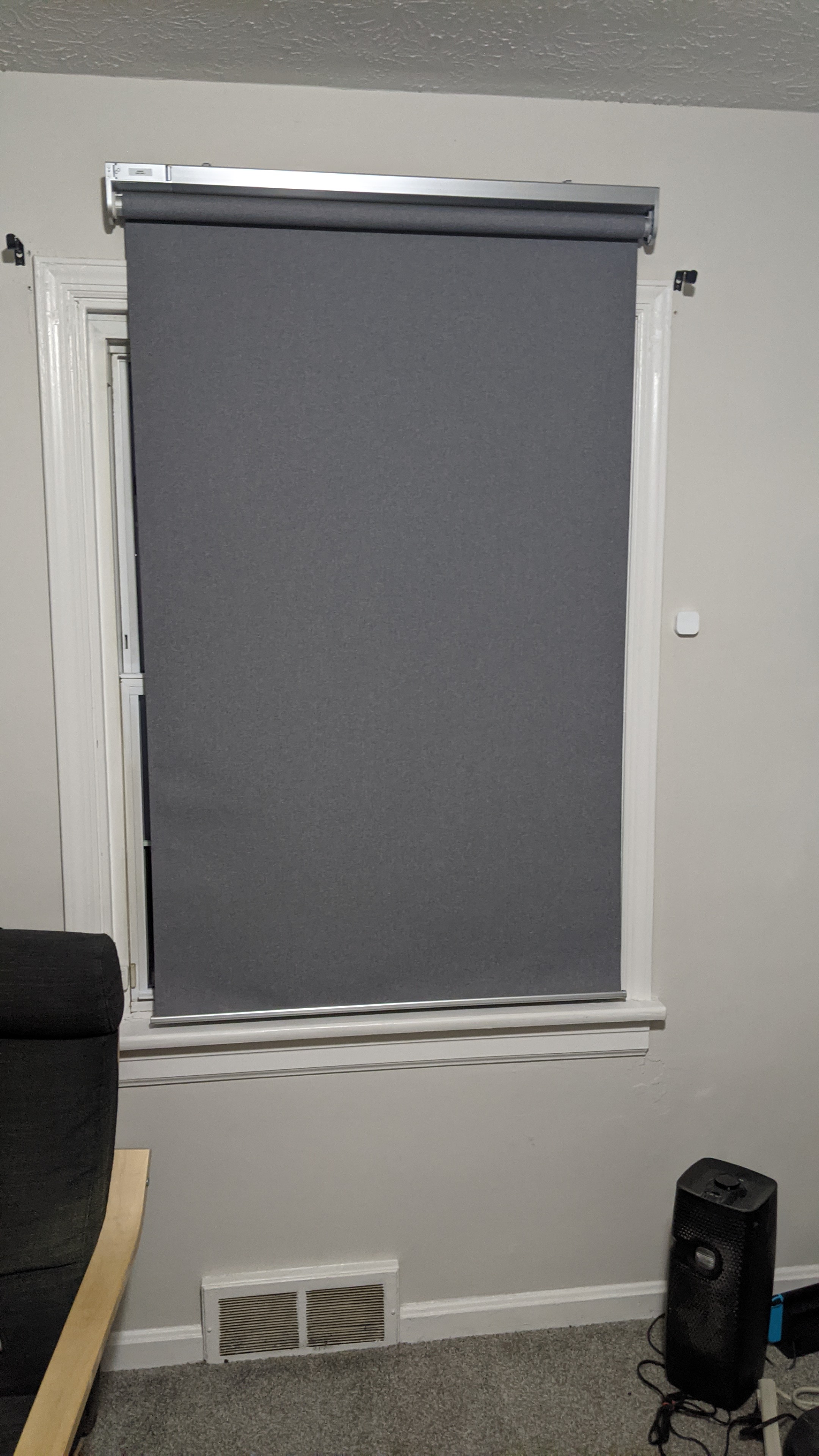
This worked fine, after I got the curtains set up. I've completely forgotten about them, which is exactly how I like my home automation--I want to never think about it. For more about how to set up IKEA smart curtains, see my notes. It comes with 6 manuals.
blinds controls my blinds via the computer, and mqtt2mqtt allows my IKEA remote to control them too. cron and heliocron automatically open and close the curtains on a timer.
I worked on monitoring power usage via my circuit breaker with current transformers and the circuitsetup ESP32 energy meter but it's currently stalled. The main problem is that I can't fit the CTs into my circuit breaker. If I get it working, I'll post an update.

